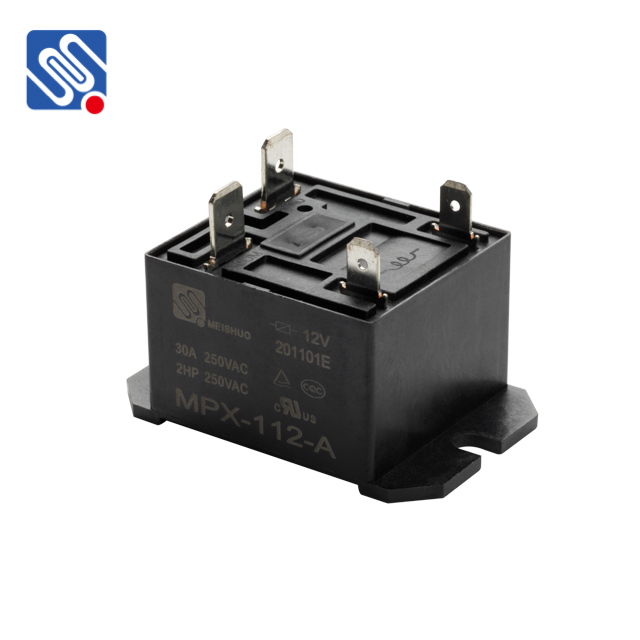Relays play a critical role in a wide range of electrical systems, from industrial machinery to home appliances. These electromechanical devices are designed to open or close circuits in response to specific electrical signals. To ensure that relays perform safely and reliably under different operating conditions, various industry standards have been developed. These standards define the key requirements for the design, performance, testing, and application of relays. This article explores the significance of relay industry standards and the major standards that govern the design and use of relays across different industries.

The Importance of Relay Industry Standards Relay industry standards are essential for several reasons. First and foremost, they ensure the reliability of relays in diverse applications, preventing failures that could lead to equipment damage or safety hazards. Since relays are often used to control high-voltage or high-current circuits, the risk of electrical fires, shock hazards, and other dangerous situations is high if the devices are not built to meet rigorous performance and safety criteria. Secondly, these standards help manufacturers produce relays that are compatible with international markets. By following recognized standards, manufacturers can ensure their products meet the expectations and regulatory requirements of different countries and regions, opening doors for global trade and market access.